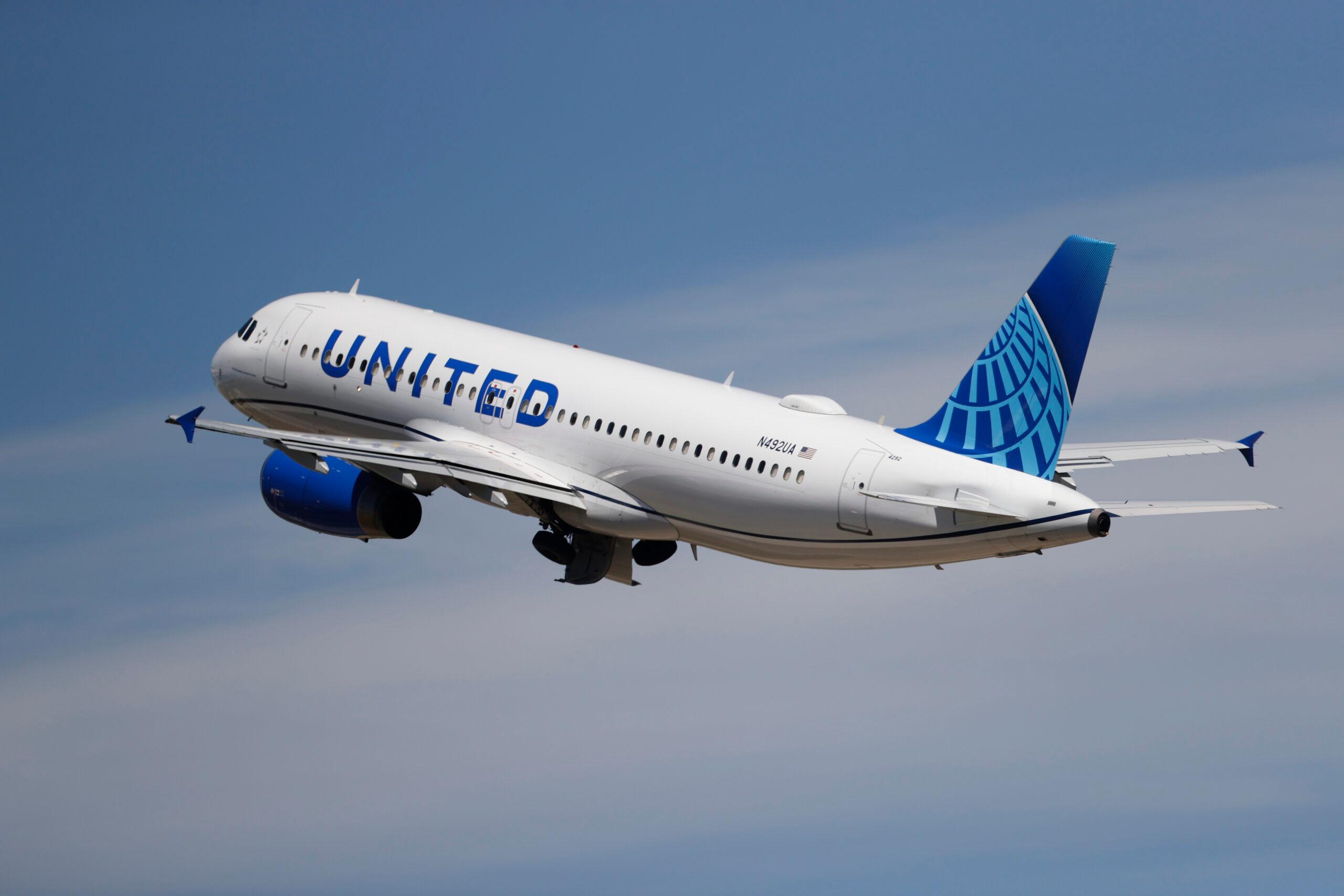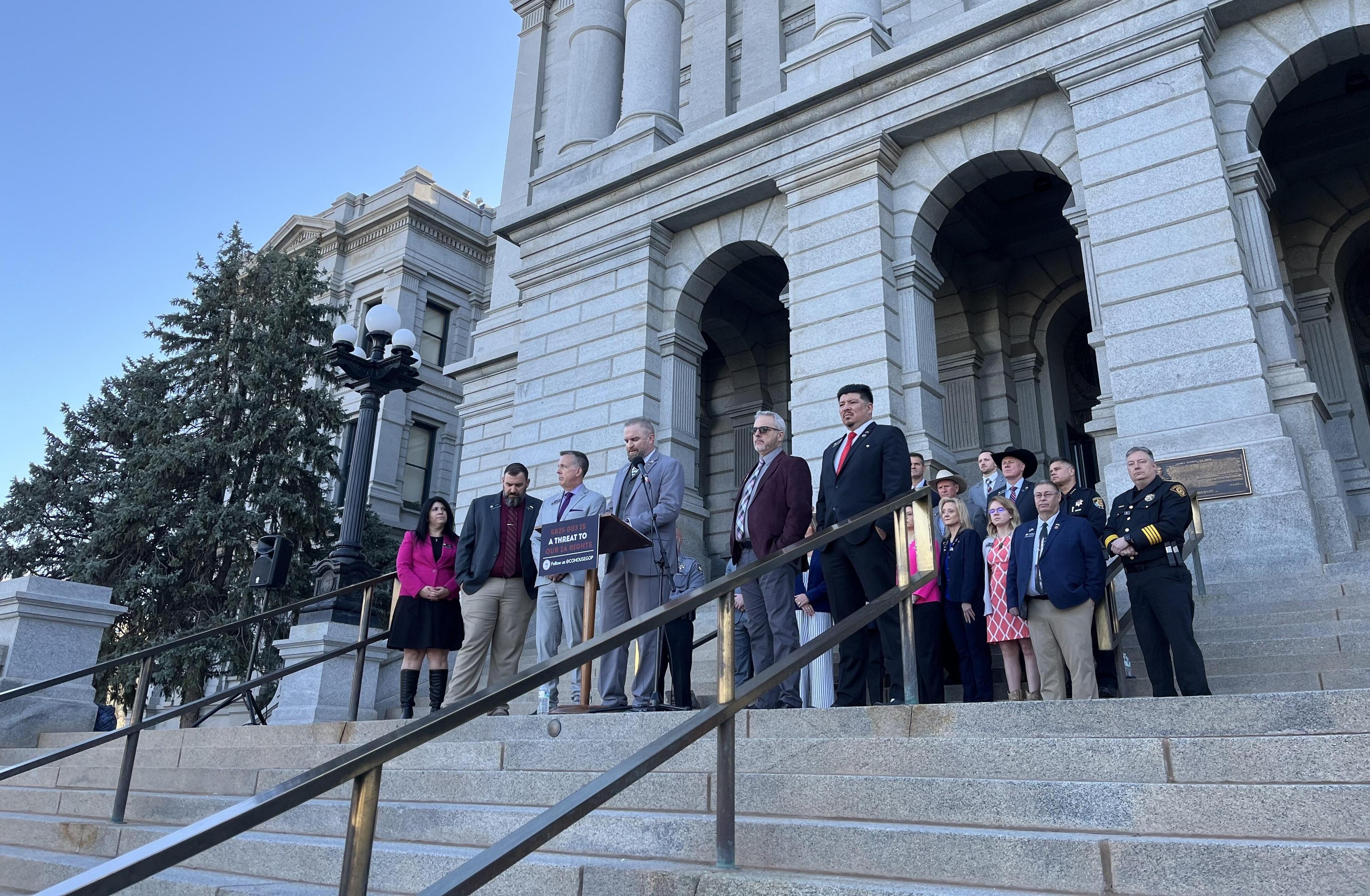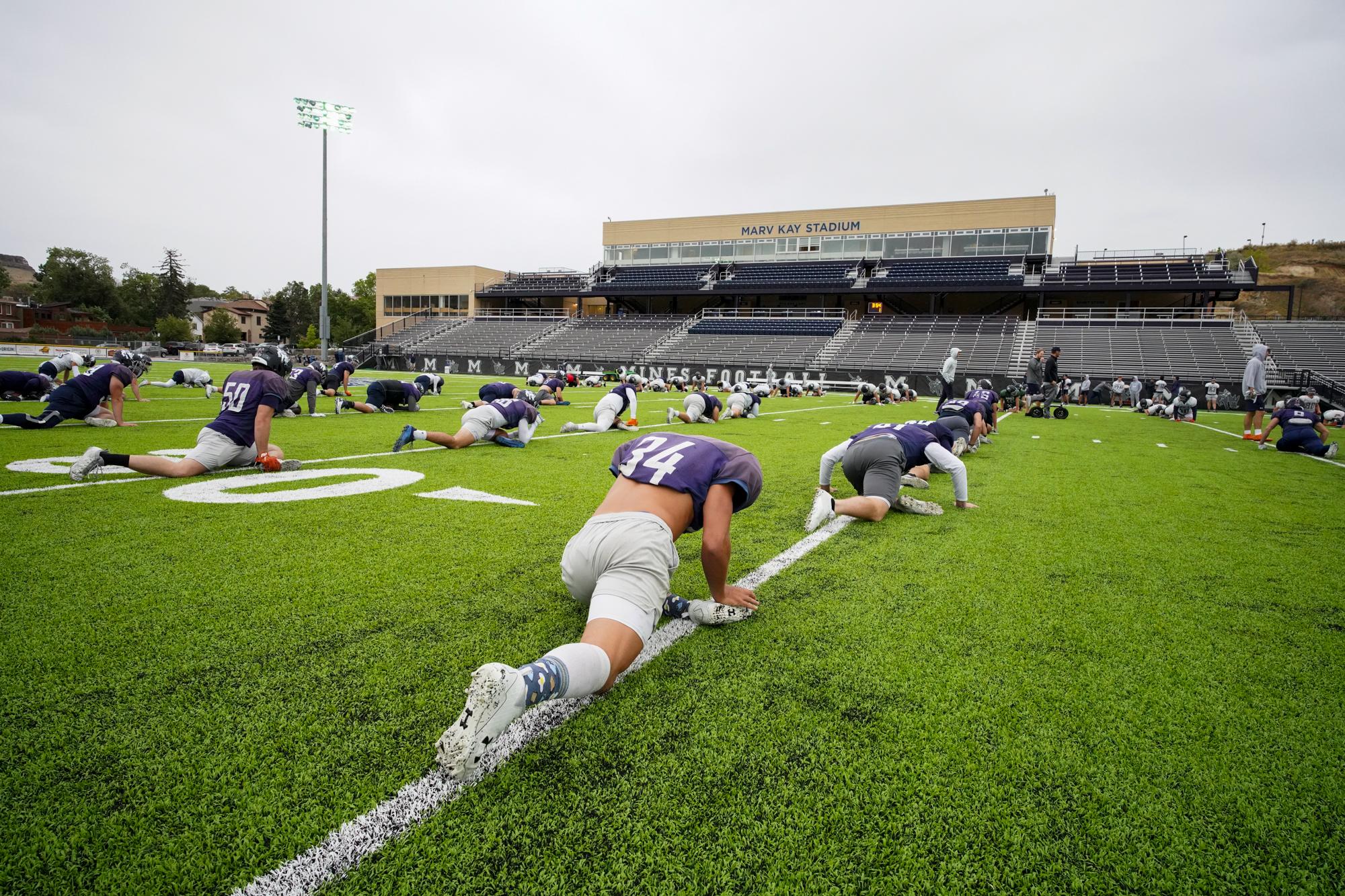
The NCAA and the Power 5 Conferences recently reached a settlement to allow colleges to pay student-athletes past and present. As part of three settlements in antitrust cases, the NCAA agreed to pay $2.7 billion over ten years to athletes who competed before July 2021. The parties also agreed to a revenue-sharing plan that will allow schools to share up to $20 million for their athletes.
The settlement only affects members of the Southeastern (SEC), Atlantic Coast (ACC), Big Ten, Pac-12, and Big 12 conferences. But, that doesn’t mean school officials in the lower divisions — like Colorado School of Mines Athletic Director David Hansburg — aren’t paying attention.
“I think it's unfortunate we're in this position that we're in today as an association. But, we are where we are and I think that this is a good decision in order to get the association as a whole moving forward into the future,” Hansburg said. “I think the debate right now is what's an equitable way for Division I to come up with a solution, which I think there's obviously a pretty specific proposal after to do it.”
Colorado is home to one Power 5 school. The University of Colorado Boulder is returning to the Big 12 Conference after spending 12 years in the Pac-12 Conference. Colorado State University and the U.S. Air Force Academy play in the Mountain West Conference, a Group of Five Conference based in Colorado Springs. The University of Northern Colorado plays primarily in the Big Sky Conference.
The University of Denver, the only Colorado Division I school that doesn’t have a football program, plays primarily in the Summit League. Colorado College only plays ice hockey in Division I. Athletes who play other sports at that school play in Division III which doesn’t offer athletic scholarships.
Nine schools in Colorado play in Division II and are members of the Rocky Mountain Athletic Conference (RMAC): Mines, Regis University, Adams State University, Colorado Christian University, University of Colorado-Colorado Springs, Colorado Mesa University, Fort Lewis College, Metropolitan State University of Denver, and Western Colorado University.
Hansburg believes that the latest ruling is only going to drive more student-athletes to enter the transfer portal to earn money from name, image, and likeness (NIL) deals. He says that will affect lower-division schools like his.
“I think with the bigger impact so far because of NIL along the transfer portal, there are some of the premier Division II athletes who are moving up into Division I more frequently because there is opportunity for NIL and because recruiting in every sport in particular, the high profile sports is a very imperfect process,” Hansburg said.
Even though there are four RMAC schools in the metro Denver area, athletes from those schools are not pulling in lucrative NIL deals as their Division I counterparts are.
CU has been at the forefront of NIL deals. It was one of the first universities in the nation to set up an NIL marketplace where businesses can choose from a pool of the school’s athletes for such sponsorships. CSU and DU also have similar marketplaces. Athletes at service academies like the Air Force Academy are prohibited under federal law from cashing in on NIL deals because they are considered federal employees.
CPR News reached out to multiple other athletic departments in the state for this story, but many didn’t respond at the time of publishing.
RMAC Commissioner Chris Graham and member institutions were concerned about the competitive balance within Division II when the NIL deals were introduced. He said those concerns haven’t impacted the equity and competitiveness within the conference. But, it’s still a learning process, especially for rural universities.
“The concern would be at some point, not so much what opportunities our student-athletes have, but how it can be regulated in a way where institutions have involvement, where student-athletes aren't being exploited by those outside of college athletics, and while at the same time providing them some education and guidance on how to handle these particular deals that they may have an opportunity to take advantage of,” Graham said.
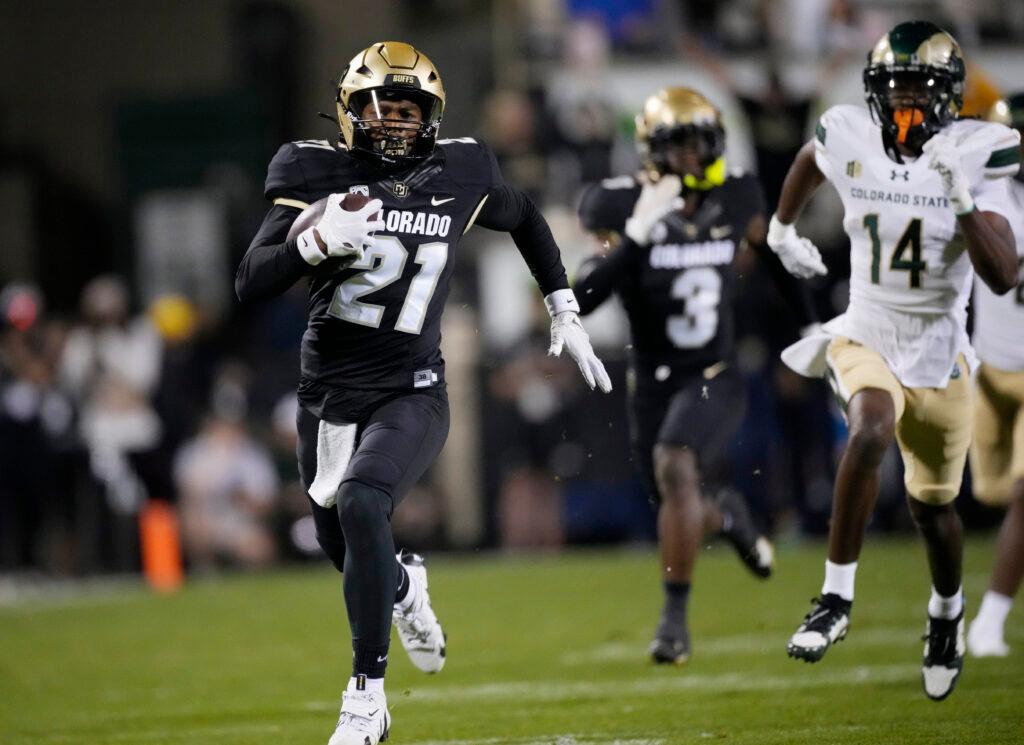
Changes were also made to the NCAA’s transfer rules to allow student-athletes on track to earn a degree to transfer and gain immediate eligibility regardless of how many times they transferred.
Graham, a former all-Midwest Conference selection in basketball and baseball at Division III Ripon College in Wisconsin, admits that he’s not sure he could’ve denied himself the opportunity to earn money from NIL by freely transferring to a bigger institution without sitting out a year if he had that chance. But, the Division II schools in the state aren’t faced with the same dilemma in luring recruits with NIL deals.
“First of all, we have no revenue-generating athletic departments. We have a few sports within our league that may generate a little revenue, but it all goes back into the same pot to support up to 22 sports that we sponsor,” Graham said. “So, in the foreseeable future, I don't see this as being relevant.”
NCAA’s Division II receives at least 4.37 percent of the organization’s annual general operating revenue. From that, 75 percent is allocated to member conferences. Within the conference, 25 percent is divided among member institutions.
Recent audits show Colorado’s Division II schools face deficits ranging from $4 million to $10 million. According to the RMAC’s 2024 tax filing, the conference brought in over $2.3 million in revenues while incurring a similar amount in expenses during FY 2023.
Mines is actively looking at launching a NIL marketplace similar to Colorado’s Division I schools. But Hansburg said he realizes that not all student-athletes earn the same amount from NIL deals. So, they take a different approach.
Nationally known for its high academic standards, Mines has also shown its athletic prowess. The men’s cross country team has won three team national championships since 2015. They have won six individual national titles across cross country, track and field, and swimming. The football team is coming off back-to-back appearances in the NCAA Division II Championship game. The school has produced 172 Academic All-Americans along with 374 All-Americans all-time.
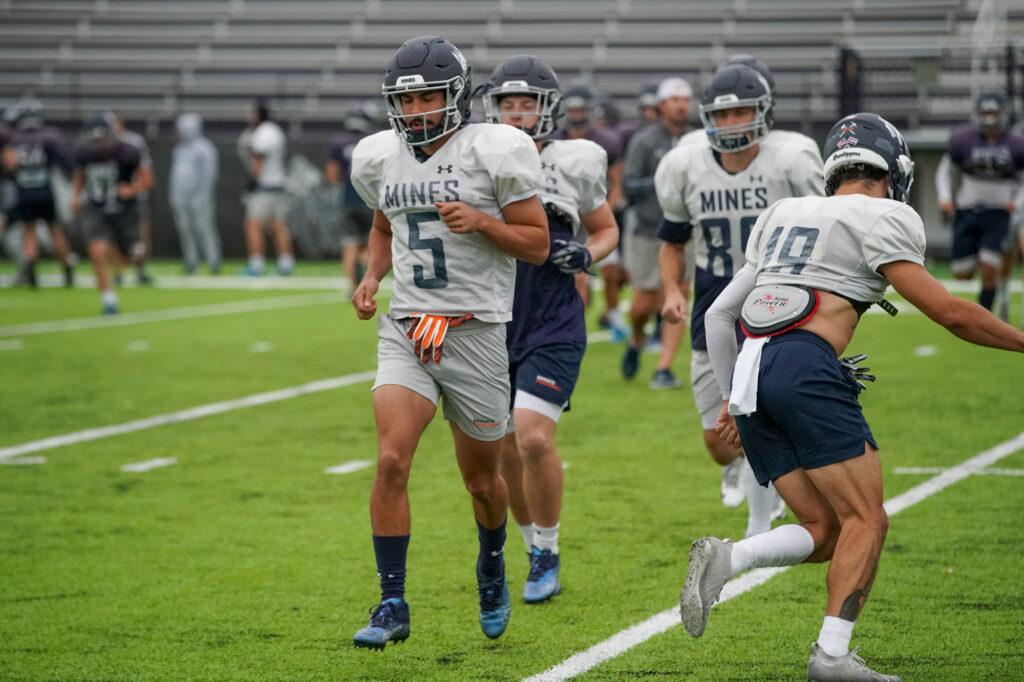
Hansburg said Mines hasn’t experienced an exodus to the portal, like at schools like CU. But, that hasn’t stopped bigger schools from trying to poach their athletes. He said one unnamed athlete has been contacted by schools even though their name isn’t in the portal and has no interest in leaving Mines. The school’s golf coach reported to Hansburg that about 45 Division I golf coaches were in attendance at last year’s DII regional championships.
Mines is taking advantage as bigger schools focus less on high school recruiting and more on attracting transfers, Hansburg said – using its academic reputation to attract and retain student-athletes.
“We joke that we're the original NIL. You get a degree from Mines and you're going to make a lot of money. So, leaving Mines is a bad business decision,” Hansburg said. “So we are kind of unique in that way.”
RMAC Commissioner Graham believes the future is bright for collegiate athletics, but he hopes education remains a top priority among student-athletes.
“At the end of the day, I don't think it can be underestimated that we are still an education-based industry where our goal is degree completion in Division II,” Graham said. “We have exceptional leaders in our coaches who are molding and forming and mentoring young men and women within our programs in ways that are going to be far more valuable to them in the future than likely any of this revenue they can generate at the Division II level will impact them as student-athletes.”


